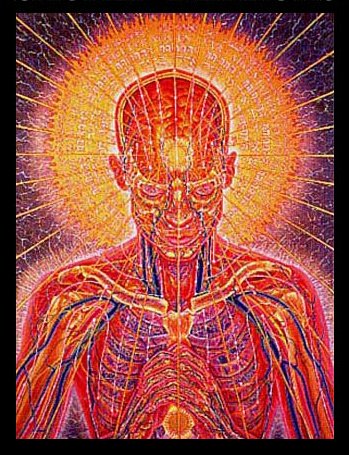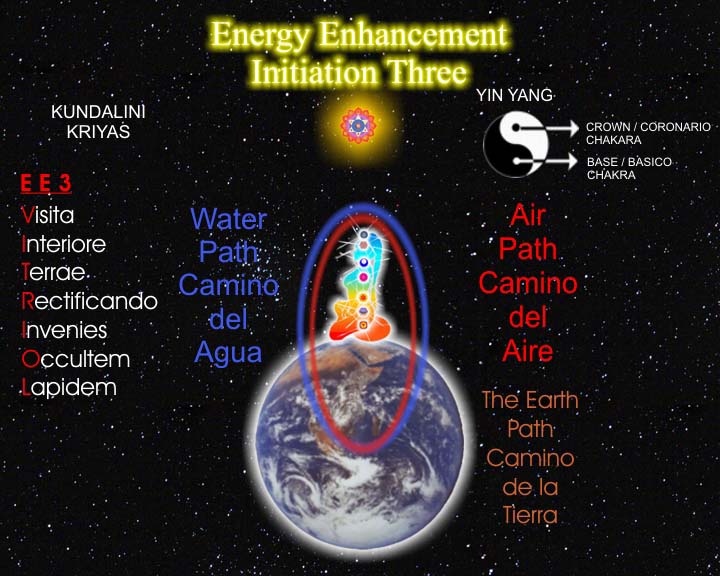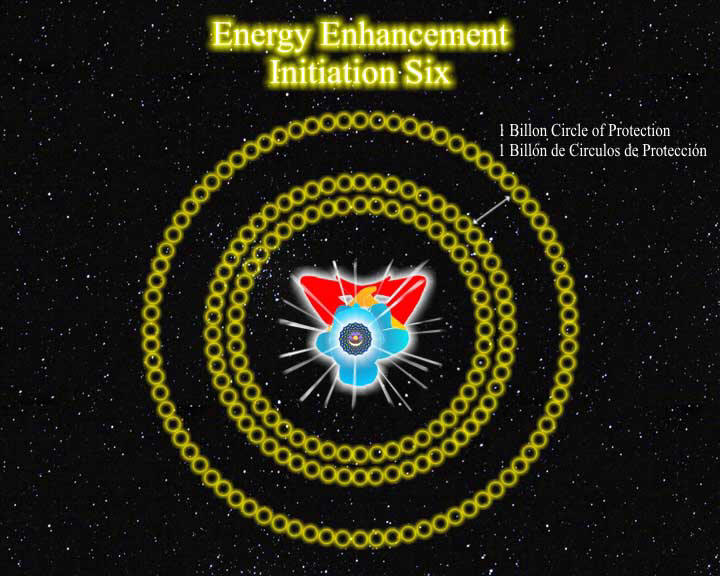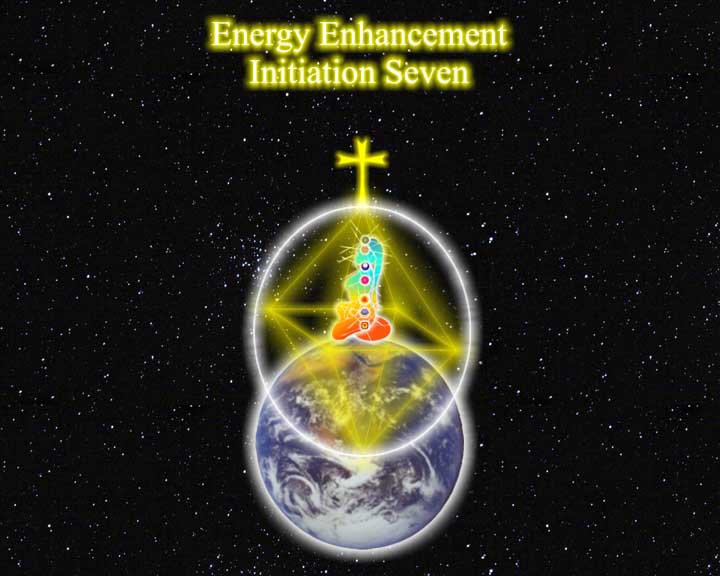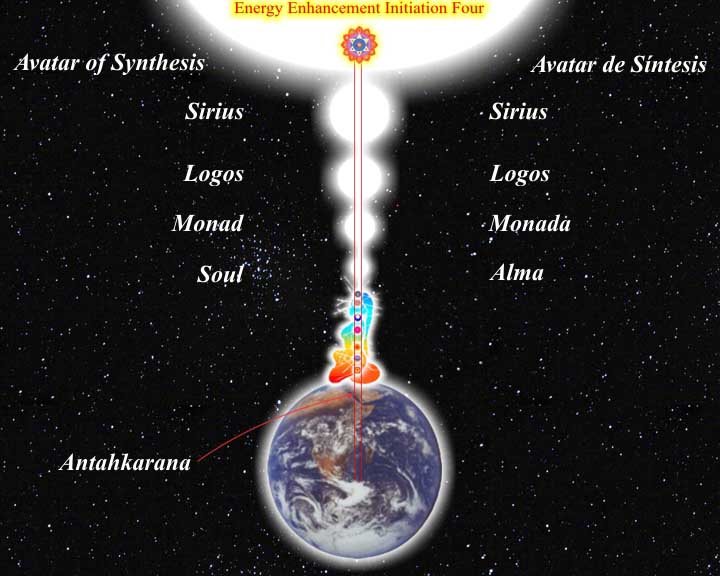THE THREE YOGA NADIS
The Human Nervous System
The Yogic 'Nadis' are just another reference to the human nervous system.
Nadi literally means 'flow or current' and in terms of human physiology corresponds to the flow of electricity through the nervous system.
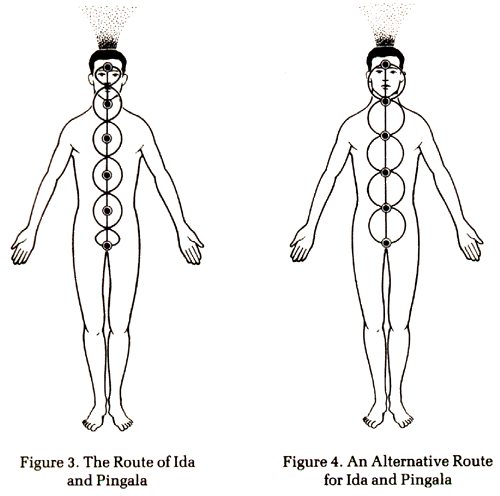 |
Yogic texts say "Out of the large number of nadis (nerves) in the human body, fourteen are more important, and of these, three are most important. These three are ida, pingala and sushumna."
The nervous system is divided into the
somatic nervous system which controls organs under voluntary control (mainly
muscles) and the Autonomic Nervous System (ANS) which regulates individual organ
function and homeostasis, and for the most part is not subject to voluntary
control. It is also known as the visceral or automatic system.
A balanced life will involve
the healthy and balanced experience of the sympathetic and parasympathetic
responses. The yogic system refers to this as "sattva" and the Taoist
call it a balance between "Yin and Yang." Others have called it "the golden
balance." What all health systems agree
upon is the need for a healthy
body and mind. Divided into brain and spinal
cord. SYMPATHETIC : Left and right
chains of ganglion, tethered to the spinal cord but running down each side of
the anterior bodies of the vertebral column, and averaging twenty-two ganglion a
piece, spread out from the coccyx up to the cervical vertebrae. This symmetry is
reminiscent of Ida and Pingala with Sushumna, the spinal canal, as the
"Middle Pillar" of Western Magical practice. The twenty-two ganglion
represent the number of the Avatar, or coming savior in Hinduism, and in Western
occult anatomy the twenty-two ganglion correspond to the twenty-two paths on the
Qabalistic Tree of Life, twenty-two letters of the Hebrew Alphabet, twenty-two
bones of the skull (used as a "communion cup" a sin the Nordic Skoal),
and the twenty-two cards of the Major Arcana in the Tarot. Functionally the
sympathetic nerves most often act as an accelerator, producing pingala
reactions, an extreme example being the so called "fear, fight,
flight" syndrome.
NADI
CORRESPONDING
NERVOUS SYSTEM
BIOLOGICAL
FUNCTION
Ida
Pingala
Sushumna
Central
Nervous System
Balance
THE NERVOUS SYSTEM AND POPULAR
SPIRITUAL TRADITIONS.
THE CENTRAL NERVOUS SYSTEM.
BRAIN : Cerebrum and cerebellum. A midline sagittal slice resembles the fetus,
symbol of latent growth, the neophyte, or Sahasrara padma - i.e., full potential
yet to be released.
SPINAL CORD : Averages eighteen inches in length. Eighteen is the Hindu number of
completeness. In the Mahabharata we note the eighteen days of the Great Battle,
the eighteen battalions that fought, and the eighteen chapters of the
Bhagavad-Gita ("Song of God"). When the spinal cord is dissected out
of the vertebral column, along with the brain cone, it resembles a serpent (Kundalini),
while the cavity of the spinal canal is sushumna. The spinal cord transmits
sensory (afferent) messages to the brain and receives motor (afferent) signals
from the brain down its tracts to produce changes in effectors (i.e., muscles
and glands). The sensory nerve tracts of the spinal cord represent Ida
(receptive, passive) functions while motor nerve tracts down the spinal cord are
equivalent to Pingala (projective, active) functions. THE
autonomic nervous system
PARASYMPATHETIC : The major section comprises a pair of vagus (in English,
"vagrant") nerves, which emerge from the base of the skull to wander
down the neck, through the chest, and deep into the abdominal cavity. Again
remember the symbolic twins: Boaz and Jachin, Ida and Pingala. Parasympathetic
branch fibers constantly meet with sympathetic branch fibers to form plexuses,
the major ones on the physical plane representing the materialization of the
non-physical chakras. Functionally the parasympathetic nerves most often perform
braking actions; I call them the "rest, relaxation, recuperation"
fibers, and hence they may be allied to Ida reactions.
![]() RELATED READING
RELATED READING
ENERGY ENHANCEMENT
TESTIMONIALS
EE
LEVEL1
EE LEVEL2
EE LEVEL3
EE LEVEL4
EE
FAQS
